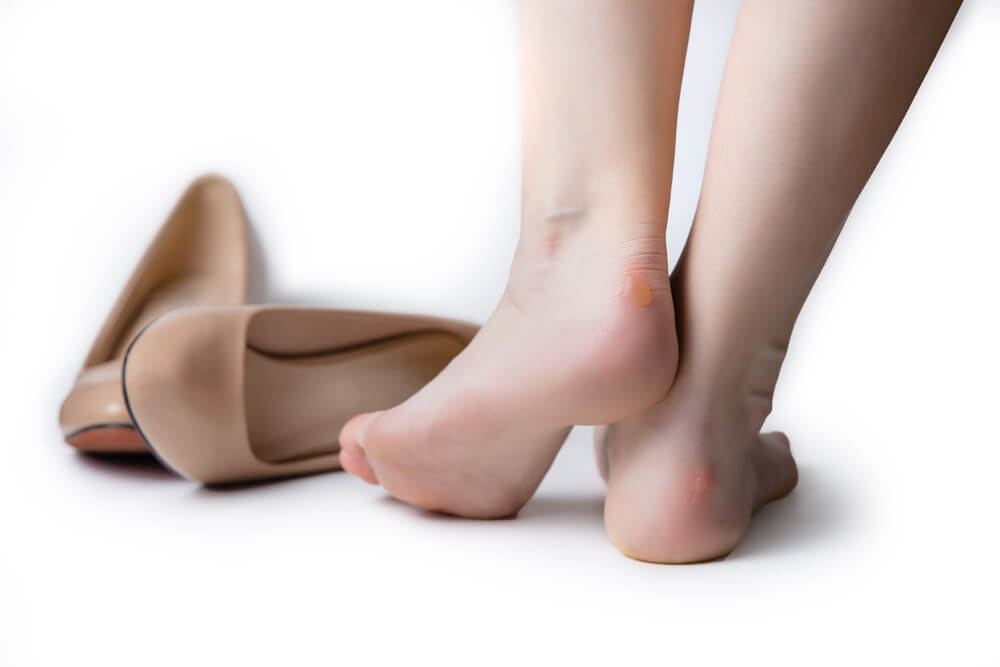Corns and calluses refer to hard and thick layers in the skin that emerge when the skin attempts to protect or defend itself against pressure and friction. They mostly develop on the fingers, feet, hands, and toes.
For fit and healthy individuals, treatment will only be required if the condition causes pain and discomfort. In addition, corns and calluses may be removed by getting rid of the pressure or friction’s origin.
On the other hand, if you have an underlying condition or diabetes that generates poor blood circulation to your feet or hands, you are at high risk of developing complications. Hence, it is better to seek medical help to prevent any severe problems.


